I helped out at my first public moth event and bioblitz on 1st July at the wonderfully serene Coton Orchard, a couple of clicks west of central Cambridge.
It’s a mature and well-established early twentieth century orchard with great soil and a lot of biodiversity, Anna Gazeley told me at the event. Plenty of wild blackthorn growing on patches that no longer host apple trees and several areas of rewilding and meadow creation underway. There were dozens of Marbled White, Small Skipper, Meadow Brown, and Small Heath butterflies enjoying the meadows while Buzzards circled the thermals overhead.
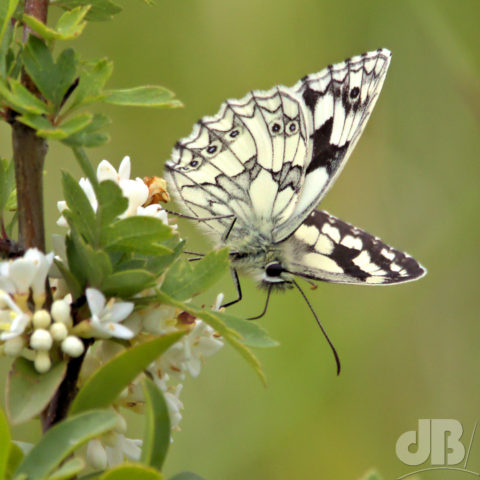
Coton Orchard is, unfortunately threatened by what can only be described as a wholly inappropriate, costly, and ten-years out-of-date transport-infrastructure project for Cambridge. All in the name of sustaining Cambridge’s purported 15-minute city ethos. It looks like a very misguided busway idea to me and many others, despite what the developers and some members of the council claim. Indeed, the 2020 biological survey of the site suggests that the development would have a very detrimental effect on the ecosystem and the wildlife. Purported offsetting of the harm by planting new trees elsewhere does not and never can compensate for destroying established systems. It’s greenwashing at its worst.
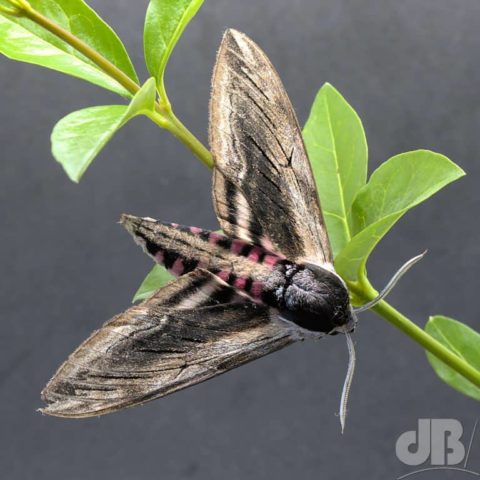
Anyway, there was a good crowd of people of all ages who turned up quite early on a Saturday morning to see the grand unveiling of the moth traps. There were a lot of species, Privet Hawk-moth, Elephant Hawk-moth, Lunar-spotted Pinion, Dark Umber, Heart & Dart, Heart & Club, Dark Umber, Marbled Orchard Tortrix, Small Emerald, Silver Y, Bordered Straw, lots of micros, and many, many more from three actinic and one mercury vapour bulb trap. Those big moths delighted young and old alike!
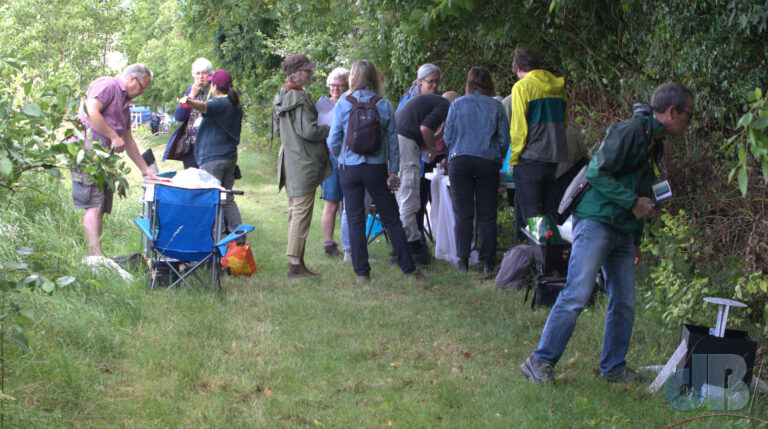
I, and the proper moth experts there (Adrian Matthews, Ben Greig, Jim Cox, Lois Clarke, and others), talked to members of the public who were curious about various aspects of the moths, especially the names of different species.
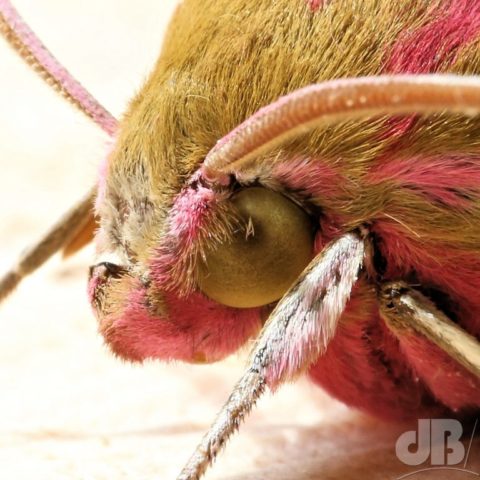
I kept an eye on what was being revealed in each trap and was quite surprised, but encouraged, to see that I recognised a lot of the species from my own garden mothing over the last five years. There were dozens of species and hundreds of moths all enjoying their life in and around the orchard, I’m sure. Some were more rare than others, like Small Emerald and Dark Umber, and there may well be rarities at the orchard too that didn’t find the traps but were among the trees and in the undergrowth. Of course, there were lots of Apple Ermine moths. The team there is hoping and waiting to see the super-rare Black Hairstreak butterfly on the wild blackthorn on this site.
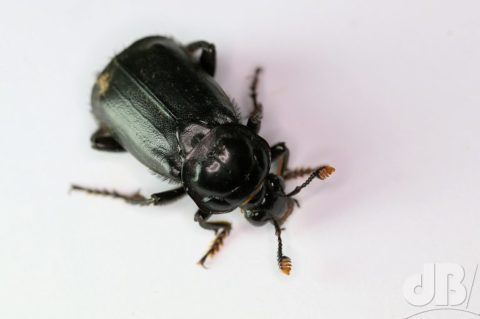
Also, there was entomologist Claire Wallace who pointed out that she could see that a sample had been taken for genetic testing from one of the beetles (a Sexton Beetle) found in one of the traps.